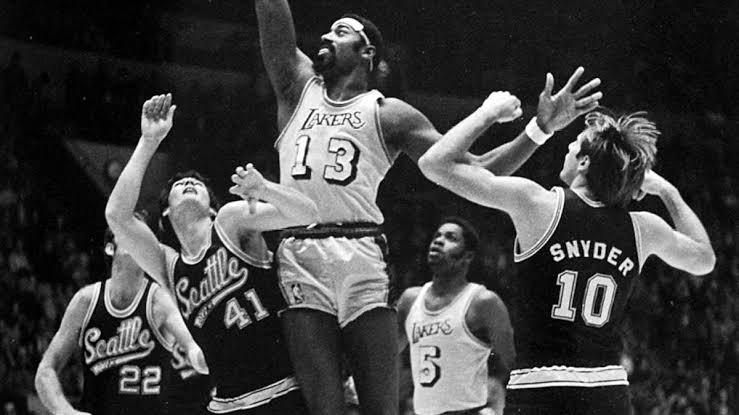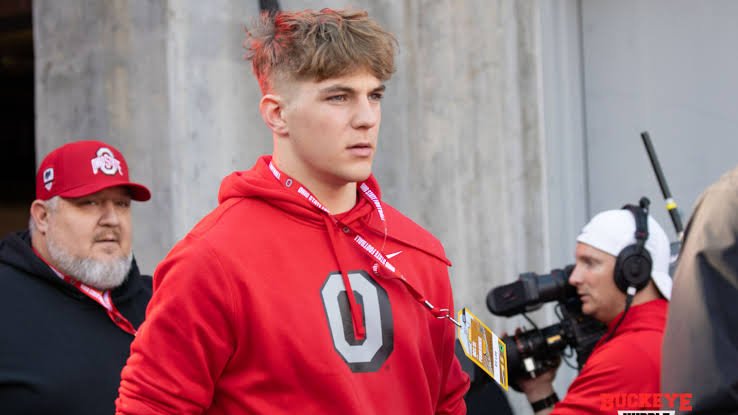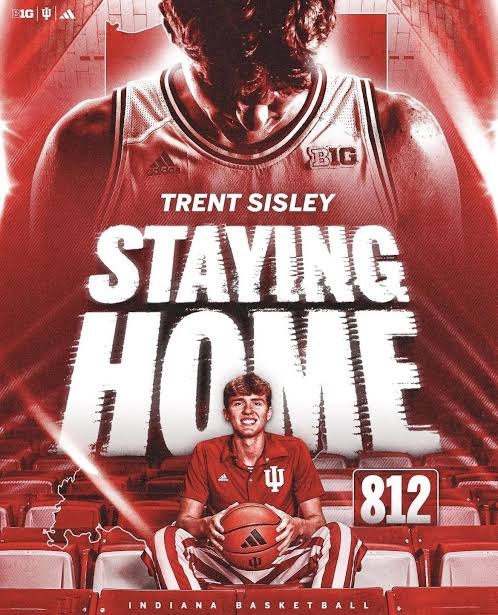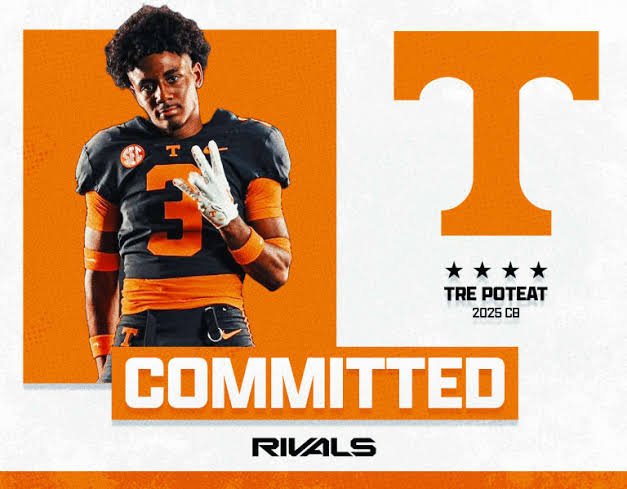The lost glory of the historic 1972 Lakers: West, Chamberlain, and the “Celtic spark”
The lost glory of the historic 1972 Lakers: West, Chamberlain, and the “Celtic spark”

Following a string of defeats in Los Angeles, the Lakers struck back in a season that many had given up on: 69 victories, including 33 straight, to win the championship.
The Lakers have a history of epic games against the Celtics, no-look passes from Magic Johnson, hooks from Kareem Abdul-Jabbar, alley-oops from Kobe Bryant to Shaquille O’Neal, and Showtime, Hollywood, and rings surrounded by great stars. Many people hold on to a tradition that was established in the 1980s under the ownership of Doctor Jerry Buss, who realized a vision in the old Forum: produce celebrities on the court by gathering them in the fans, take advantage of LA’s social scene, and play basketball as no one has ever played. Wide-open mouths: It’s show time. From the 1960 relocation from Minneapolis, when the child was only six years old (hence the name: South California lacks lakes) until Magic’s entrance to accompany Jabbar and, subsequently, Kobe,
The teams from the 1980s, led by Magic and Kareem, first with Norm Nixon and Jamaal Wilkes and later with Byron Scott, James Worthy, or AC Green, are unquestionably the best Lakers teams ever. Or the one from 20 years ago, with Kobe, O’Neal, Fisher, and Horry… the one that achieved a three-peat, as evidenced by the 2001 playoffs’ complete dominance (15-1 with a net rating of +13.6), which was never surpassed by the 2017 Warriors’ 16-1 with a +16. However, there is another squad that is rarely mentioned because it looks far away, we haven’t seen it, and it triumphed after suffering numerous losses. However, one that was crucial to the franchise’s past and that actually signed.
The untimely termination of a curse
In the NBA, Jerry West has lost eight out of nine Finals, more than any other player. Elgin Baylor was the sole other school with seven, and they also failed to win any. Nothing compares to it because of LeBron James’ six losses that follow. One of the greatest shooting guards of all time is West, the NBA logo. Before Dr. J and Larry Bird showed up, Baylor was regarded as the greatest forward to have ever set foot on a basketball floor. He was the prototype of the passing game used by Julius Erving (the first) and Michael Jordan (after and forever). Almost all of those losses to Bill Russell’s Celtics make the two appear even more obscure in the annals of history. Jerry West is therefore.
This brought up memories of his several losses in the ring. Some are mysterious: seven up to 1970, six in eight years versus those vile Celtics, and the final one against the Knicks. That appeared to leave a squad that included West, Baylor, and, since 1968, one of the greatest weapons of mass devastation to ever step onto a basketball court—Wilt Chamberlain—mortally wounded. The Celtics were never going to win if they hadn’t done so when they were gone. That was the conclusion reached by many, and it did seem reasonable.
Chamberlain was thirty-five, West was thirty-three, and Baylor was thirty-seven in the summer of 1971. In the two seasons prior, all three had sustained significant injuries. Furthermore, neither Joe Mullaney nor Butch van Breda Kolff had been able to get that big three—explosive, to really express themselves together, or to play together when they were not feeling well. Years and setbacks dominated that period, and despite everything appearing amazing, there was no ring in Los Angeles. However, Bill Sharman showed up. He was the coach who turned everything around, the one who let in the vision for what would happen ten years later (in basketball and the Lakers, at least partially), and the one who thought that squad had as least.




Post Comment